Honeycomb drum in a washing machine
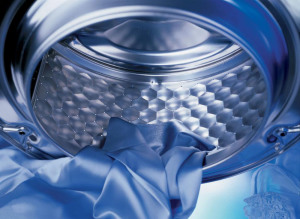 The washing machine not only removes dirt from your laundry, it also causes it to wear out prematurely and even get damaged. The extent to which fabric is damaged depends on what it comes into contact with during washing. If the washing machine has a honeycomb drum installed, that’s one thing, but if it’s a regular perforated drum, that’s another thing entirely. They have different surfaces, and fabric friction also occurs differently.
The washing machine not only removes dirt from your laundry, it also causes it to wear out prematurely and even get damaged. The extent to which fabric is damaged depends on what it comes into contact with during washing. If the washing machine has a honeycomb drum installed, that’s one thing, but if it’s a regular perforated drum, that’s another thing entirely. They have different surfaces, and fabric friction also occurs differently.
A regular drum is full of holes.
First, you should understand what a regular perforated, or perforated, drum is. This is a metal or plastic cylinder of a certain diameter, studded with holes. In washing machines with horizontal loading of laundry, such a drum has a rear wall, and in vertical loading machines, it has a bottom. Usually the back wall or bottom of the drum is without holes, but it happens the other way around.
The holes in the drum are needed for the circulation of water coming from the tank, and you cannot do without them. Engineers calculate the optimal number and area of holes based on many parameters, including:
- drum rotation speed,
- weight of laundry,
- water pressure,
- and etc.
The only thing is that holes are necessary, but they are dangerous for the fabric.
To understand the danger of a large number of holes on the side walls of the washing machine drum, you need to understand what fabric is and how it behaves during the washing process.
When washing, the fabric rubs against the walls of the drum
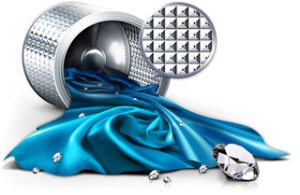 Fabric is a weave of threads, and a thread is a weave of fibers. The stronger the fibers and the tighter the weave of the threads, the stronger the fabric and the more difficult it is to destroy. You don't have to look far for an example.Fabric made from polymer threads is much more resistant to friction than fabric made from natural fibers.
Fabric is a weave of threads, and a thread is a weave of fibers. The stronger the fibers and the tighter the weave of the threads, the stronger the fabric and the more difficult it is to destroy. You don't have to look far for an example.Fabric made from polymer threads is much more resistant to friction than fabric made from natural fibers.
The laundry is loaded, the washing machine is picking up speed. The fabric begins to rub against the walls of the drum, and is washed with water and diluted detergent. This is exactly what the washing process consists of. Thin fibers of fabric, like a real grater, rub against metal with holes. The edges of such holes are not sharp, but they are enough for the friction to be quite sensitive. The fabric begins to slowly wear out. A few washes and it no longer has the strength it once had. This is especially true for wool, cotton and other delicate fabrics.
If a thread of the linen has come loose somewhere, then the situation is even worse. An unsuccessful hook on a hole, and the thread is pulled out, destroying the fabric.
Miele engineers solve the problem
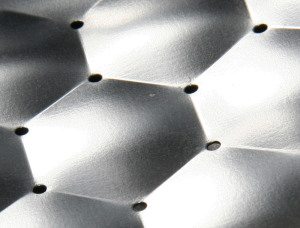 Designers from many companies have worked and are working on the problem of fabric wear when washed in a washing machine. Finding the optimal ratio of parameters that will allow, on the one hand, to efficiently clean the laundry from dirt, and on the other hand, to minimally damage the fabric, is not at all easy. As already mentioned, washing is primarily about friction, and it cannot be avoided.
Designers from many companies have worked and are working on the problem of fabric wear when washed in a washing machine. Finding the optimal ratio of parameters that will allow, on the one hand, to efficiently clean the laundry from dirt, and on the other hand, to minimally damage the fabric, is not at all easy. As already mentioned, washing is primarily about friction, and it cannot be avoided.
Miele engineers, as often happens, began to look for a solution in the environment. A honeycomb caught their attention. The structure of regular hexagons, even molded from soft wax, turned out to be quite stable. Empirical data have been confirmed in laboratory tests.
Invented in the depths of Miele, the honeycomb drum is a cylindrical structure made of metal on which convex hexagons are stamped. There are significantly fewer holes for water circulation in it, and their area is noticeably smaller than in a conventional drum. The liquid stays in the container longer, and this determines both the efficiency of its use and the effectiveness of cleaning the fabric. In addition, the possibility of small hard objects, which are sometimes forgotten to be removed from pockets, from penetrating outside the drum practically disappears. And this protects other components of the washing machine from damage.
For more intense water movement, water intake elements are provided in the drum. The smoothness of the surface, as one of the decisive factors in the preservation of the fabric, is under special attention. The slightest doubt and the drum is sent for revision or scrap. The reason for doubt may be the tightening of the nylon fabric, which was passed over the honeycombs.
Honeycombs promote the formation of a thin film of water, which significantly softens the friction of the fabric and improves its cleaning. In addition, thanks to the honeycomb, the contact area of the drum surface with the fabric is reduced, which also has a positive effect on reducing friction.
Conclusion
The new drum in the Miele version has significant advantages over traditional designs. This becomes obvious even with the hardest spin option, when the fabric is not sucked into the holes, and there is no need to make extra efforts to remove it from there.
Therefore, clothes and more, which are usually washed by hand so as not to damage the delicate fabric, will not be harmed in any way in a washing machine with an innovative drum.
Interesting:
Reader comments
- Share your opinion - leave a comment

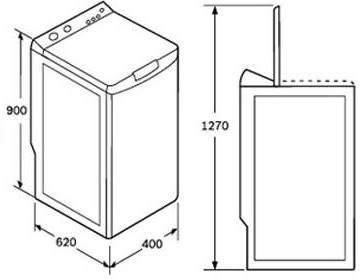

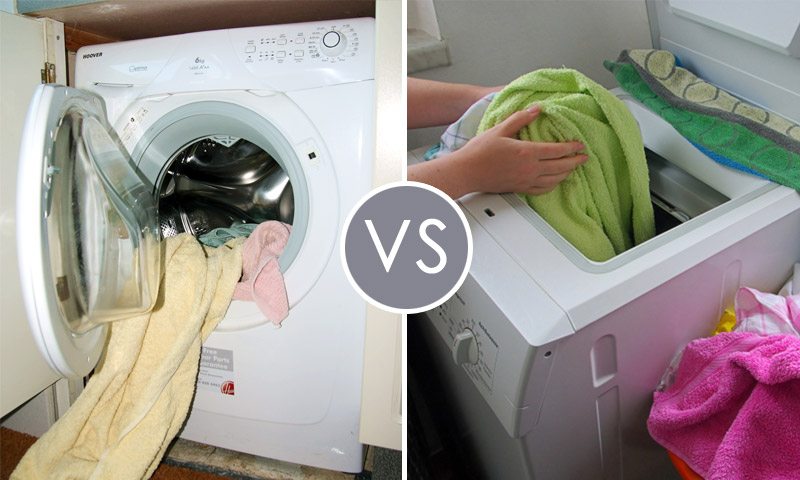
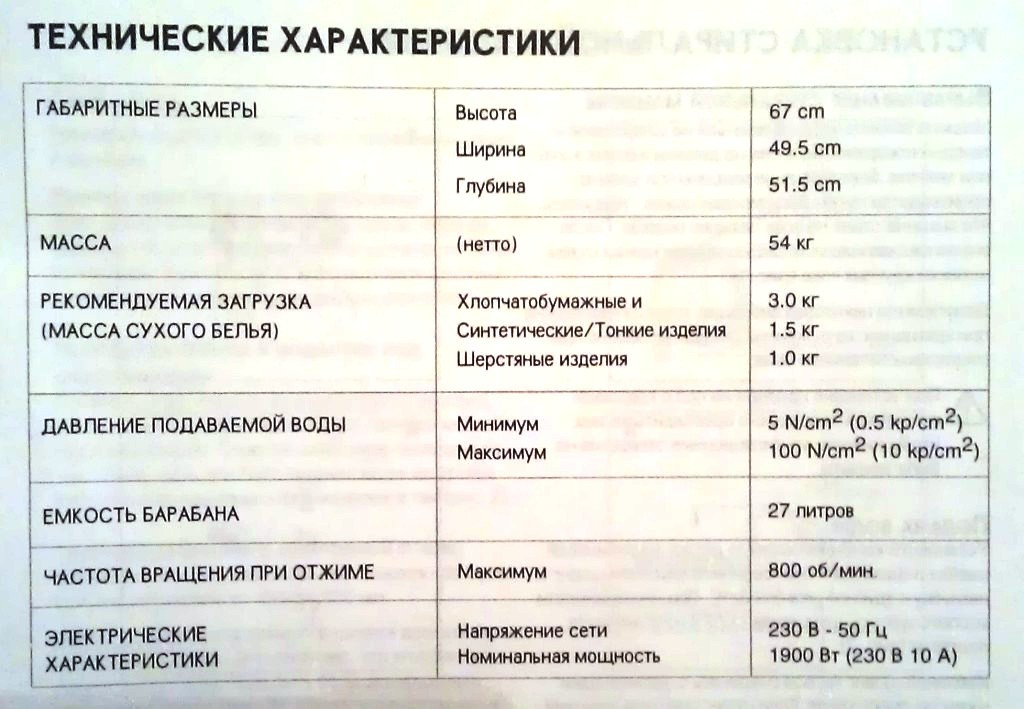
















Add a comment